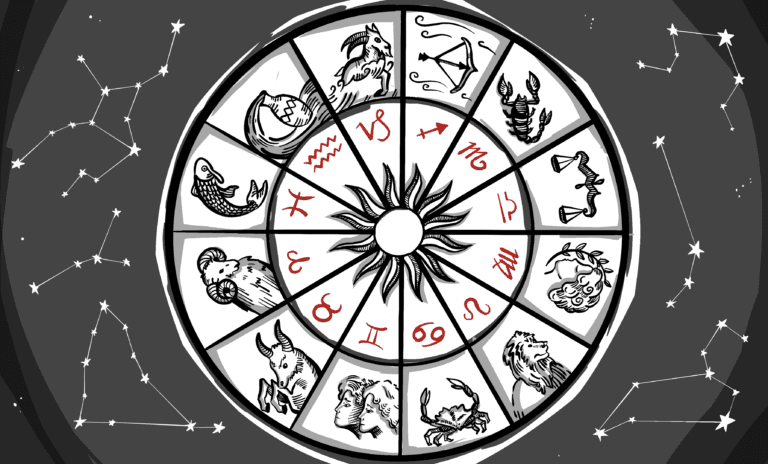First off, I’m not calling anyone a dummy. I’m referencing the range of “Dummies” books meant to take on complex subjects like science, chess, mutual funds and sex — and make them easier to understand.
And although I’m not a certified Master Gardener, I’ve learned a few things in the decades I’ve been an urban horticulturist that I’d like to share with those who may believe they don’t have what it takes to grow and nurture plant life.
Start small: When I moved to my two-lot property in the York neighborhood in 2000, the only plants that blossomed in the spring were some weed-infested heather, two lilac bushes and a few perennials I didn’t yet know the names of. I started a four-row vegetable garden that May, and quickly learned it’s best to space out sowings of crops like lettuce so you don’t end up with 50 heads of greens at the same time. Nearly a quarter of a century later, I’ve expanded to numerous raised beds, a dahlia patch and a tulip-festooned front walkway. But if all you want is fresh tomatoes from the vine, an herb garden, or a few containers of flowers, keep your plots on the small side.
Learn lessons, move on: Not everything you plant is going to grow well, no matter how much time or energy you put into ensuring it has the right soil, gets enough sunlight or is pruned correctly. This is why I no longer attempt to grow cabbage, corn or eggplants (among other things). Sadly, my fellow live-in gardener has yet to learn his lesson when it comes to blueberries, and continues to believe “this will be the year” they will be prolific and thrive. Fingers crossed, buddy.

Never grow horseradish: This root vegetable is the zombie of the plant world. No matter how many times I’ve dug up our patch of this tenacious perennial plant, it comes back to life, claws itself out of the ground and spreads its tentacles throughout the nearby lilies and daisies. Other plants which seem innocent at first blush but scatter like crazy when they seed include mint, lemon balm and fennel — all of which are preferable to the dreaded horseradish. Just say no.
Buy local when possible: I recently wrote about the glut of plant sales coming up in Whatcom County — including the Birchwood Garden Club Plant Sale taking place Saturday, May 6, at the Bellingham Public Library and the Master Gardener Foundation of Whatcom County’s Plant Sale happening Saturday, May 13, at Hovander Homestead Park in Ferndale. The plants they will be selling at both events were grown to do well in the Pacific Northwest climate, and those who were trained to help them thrive will be on hand to answer questions about how to keep them going. I’ve also had a lot of luck with organic starts from Sunseed Farm, which is located along the valley of the south fork of the Nooksack River. Find their offerings at both Community Food Co-op locations in Bellingham.

To chicken or not to chicken: Five years ago, when our friends who live on Lummi Island asked us about the pros and cons of keeping chickens, we told the truth: It’s great to have a regular supply of fresh eggs, and the hens control pests in the garden, provide us with manure to add to the compost pile and are endlessly entertaining to watch. The downside? One of us has to get up at dawn to let them out of the coop, they are prone to being killed by predators (yes, even in the city), and occasionally they need to have their vents cleaned in the kitchen sink. It’s a big responsibility — one our island friends ultimately chose to take on, as well.
Weeds are a fact of life: We’re a no-pesticide household, so weeding is an inevitable part of our urban farming chore list. I prioritize weeding projects by tackling food-related crops first, then moving on to blooms and other beds. The trick is to get out the weeds (including roots) before they start blooming or sending out seeds which will end up as more weeds down the line. However, this time of year, I am careful to keep as many dandelions intact as possible, because even though they spread prolifically, bees rely on their pollen for protein and nectar for sugar. They also feed insects, birds, chipmunks and other wildlife. Fun fact: Dandelions are said to be more nutritious than many vegetables.

Water, water, everywhere: Plants vary widely in their water needs. Young seedlings and new transplants have limited root systems, so keep an eye on whatever you’ve just brought home from the nursery to make sure it’s not wilting (same goes for seeds you sowed yourself). That said, some plants don’t need to be watered until they start growing out of the earth — dahlias are a good example of this — and overwatering can also damage greenery. Read up on the plant’s needs if you’re not sure, or ask a Master Gardener. Just because you have a question doesn’t mean you’re a dummy.





